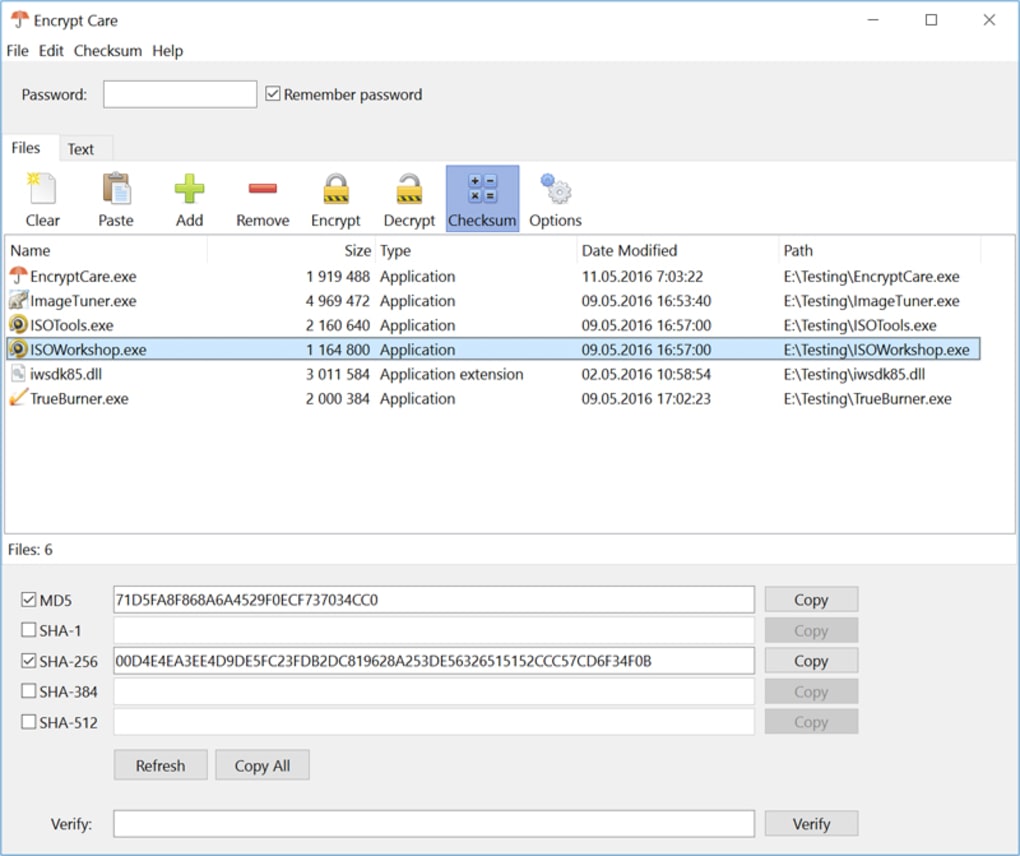

Even the server relaying and storing your message cannot decipher and read your messages.Įnd-to-end encryption uses asymmetric public key encryption, where both parties have two keys.

The message is not encrypted or decrypted at any point in transit. The encryption and decryption of the messages happen only at the endpoints, the sender and the receiver ends. The term end-to-end refers to this same fact. The message remains encrypted at all points during the transit, so even if someone intercepts it during transmission, they can't read its contents. Instead, it travels the online infrastructure, including your ISP (internet service provider), the messaging app server, and all the parties in-between to reach its destination.Įnd-to-end encryption's public and private keysĮ2EE is the type of encryption where a message is encrypted at the sender's end and decrypted on the receiver's end. The message isn't directly delivered from your device to your friend's device. For example, let's say you want to send a message to your friend. Encryption converts data into a scrambled mess, so only authorized parties can access it.

What is encryption?īefore we understand end-to-end encryption, let us first understand the basics. To ensure your communication is not intercepted and read by hackers, government agencies, or malicious parties, your means of communication must use end-to-end encryption.īut what is end-to-end encryption, and why should you care? In this guide, we take an in-depth look at end-to-end encryption and teach you everything about it. That's why encryption has become the backbone of online communication. Since it's impossible to stop someone from accessing your online data, the next best thing to do is to convert your data into a string of gibberish that no one can understand.


 0 kommentar(er)
0 kommentar(er)
